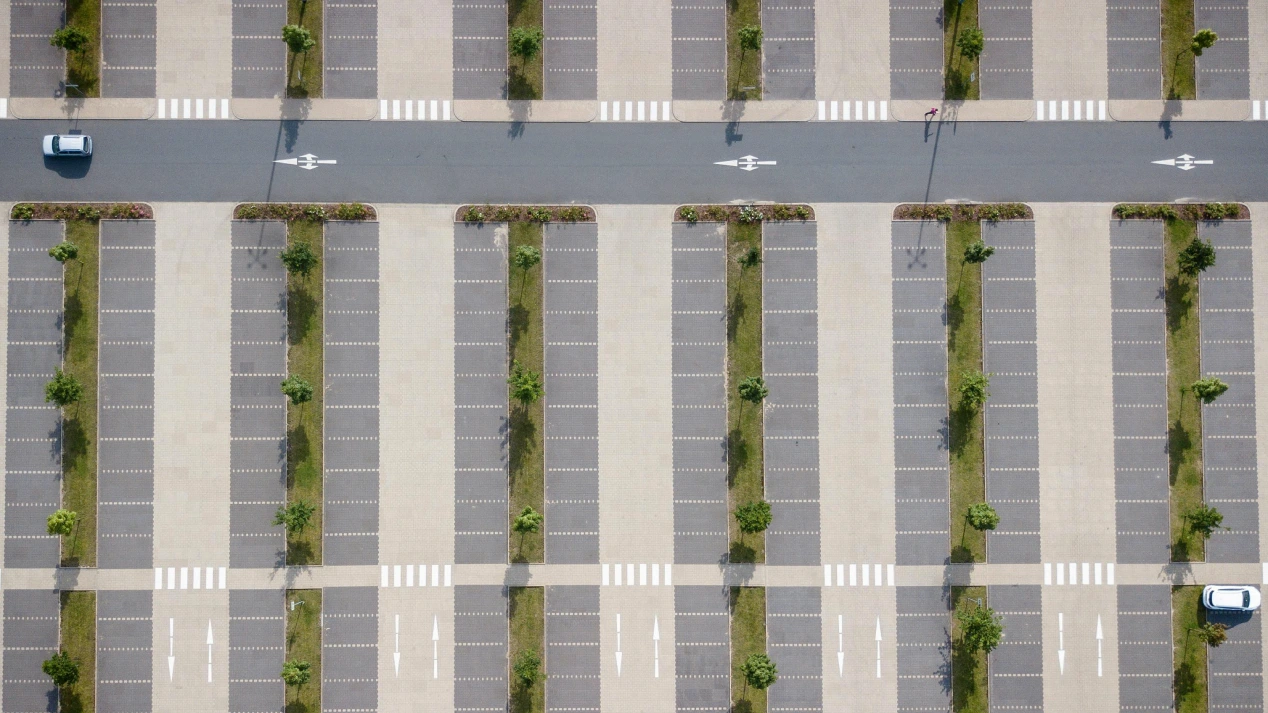National e-vignette enforcement back-office for trucks above 3.0 t

Key facts
12%
+110
- 12%
Client
Ministry of Transport, the leading institution of the state administration of transport and communications, whose mission is to improve and implement the state policy of Latvia in the fields of transport and communications, to maintain and develop an effective, safe, competitive, environmentally friendly and flexible transport system and create a liberalized and harmonious legal and economic the environment of the communications sector.
The challenge
Roads and means of transport make a crucial contribution to economic development and growth, bringing important social benefits with it.
Poorly maintained roads constrain mobility, significantly add to vehicle operating costs, increase accident rates and the costs associated with them. Seeking an automated go-to solution, the Ministry of Transport decided to introduce the Road User Charge – a payment for using the main state and regional Latvian roads to facilitate their maintenance and development, as well as to promote the use of environmentally-friendly vehicles.
However, after an in-depth examination, they noticed that the toll is often not paid according to the vehicle’s gross weight. Moreover, if the Latvian border could be crossed within 3 hours of driving, both domestic and international drivers predominantly chose not to purchase the toll at all. Thus, in 2016, around 30% of the planned (> 4M EUR) revenue from the Road User Charge wasn’t collected and couldn’t be applied to improve the road environment.
The solution
With that in mind, The Ministry of Transport decided to deploy a long-term, cost-effective smart e-vignette enforcement system and assigned Latvian State Roads to implement the project.
dots. delivered a Fits Toll back-office system which was connected to tolling enforcement sensors that automatically scanned the traffic flow and collected data regarding the:
- Vehicle’s type,
- Time,
- Location,
- Country.
The outcome
Within the set time frame of 4 months and owing to a close collaboration of all stakeholders, a fully automated and integrated e-vignette enforcement system was installed.
Today, the Ministry of Transport is able to gather valuable traffic flow information and facilitate e-vignette compliance processes.
It has been established that within 2 months the total sum of violation protocols drawn up regarding the Road User Charge has surpassed the investments allocated to the implementation of Fits Toll.
A fully automated system means operational processes require less manual intervention and it generally decreases costs, but most importantly – the Ministry of Transport can claim full transparency and instant information regarding the overall traffic flow situation at the monitoring sites so that calculated and adjusted road improvements can be made.
” Thanks to advanced technologies, we have accessed valuable data and gained information transparency regarding vehicles on our roads. Today, as the system is fully automated, we have diminished human involvement in the administrative tolling process and are now able to focus on strategically more important tasks – how to further improve the road environment and maintenance so that every road user feels safe while driving.”
The Ministry of Transport


